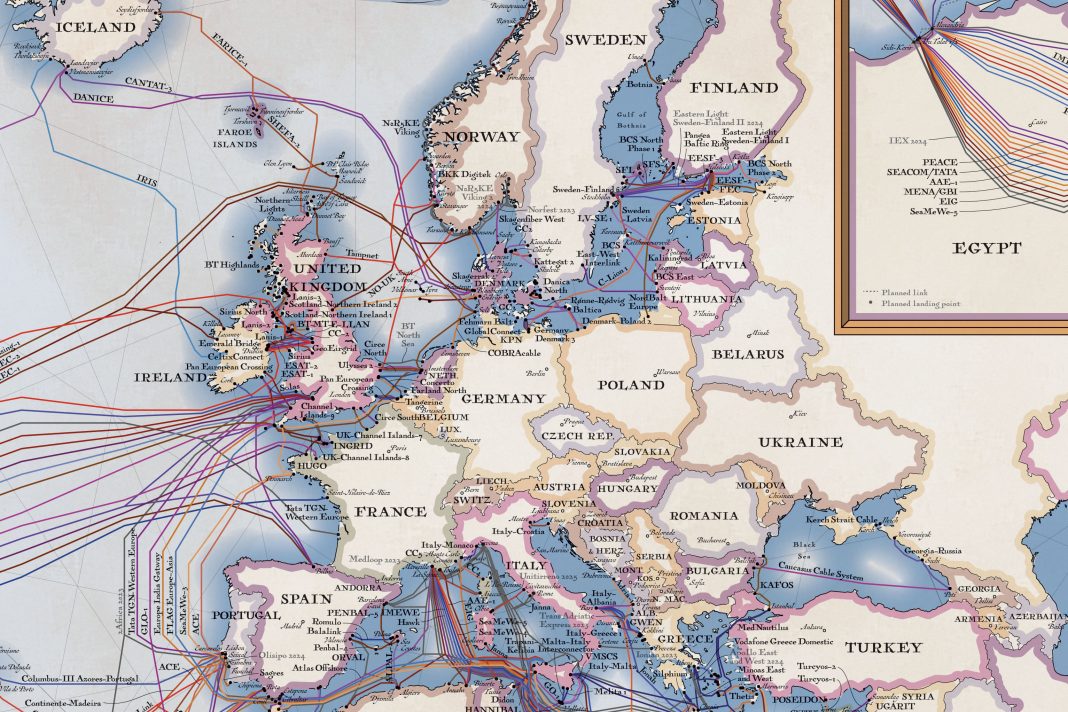Recent disruptions in the Baltic Sea and elsewhere highlight the integral role of digital and physical conduits such as gas pipelines, telecommunications cables and undersea data cables in maintaining European connectivity and security. Overall, the EU’s responses to emerging challenges to its digital sovereignty, particularly from China and Russia, aim to enhance the security and resilience of its digital landscape, from the Global Gateway Strategy to the Gaia-X project. However, the complexity of the submarine cable infrastructure requires a broader and more holistic assessment of the opportunities and obstacles to ensuring the uninterrupted flow of information across borders. Ultimately, a concerted transatlantic effort is needed to strengthen the backbone of Europe’s digital infrastructure against both man-made and natural adversities, thereby securing a future where sovereignty and resilience are paramount for both the EU and the US.
Authors: Anselm Küsters, Head of Digitalisation and New Technologies Department, Centre for European Policy (CEP) in Berlin; André Wolf, Head of the Department Technological Innovation, Infrastructure and Industrial Development, Centre for European Policy (CEP) in Berlin; Eleonora Poli, Head of Analysis, Centre for European Policy (CEP) in Rome.
This text has originally been published on the Instituto Affari Internazionali website.



